A lot of fallacies and stereotypes about France linger. One is that “foreign” foods aren’t very faithful to their originals, are low on spicing, and are often kind of confusing, such as French Tacos. For a culture that takes great pride in their language—so much so that there’s a group of immortals overseeing and regulating it—French tacos are actually a single “taco,” a flour tortilla rolled up with a mix of meat, French fries, and cheese inside, then griddled. (The recipe here uses chicken fingers, as well as crème fraîche, Gruyère, and cheddar…and French fries too.) No one quite knows how they relate to what most of us think of as tacos (plural), and I assume les immortels have more pressing grammatical woes to tend to, but they’re now part of the French food canon, for better or worse. Maybe as retribution to France for trying to colonize Mexico, twice, and not succeeding, Mexican cuisine wasn’t well-represented in Paris until Candelaria opened, which caused a stir among those of us anxious for a taste of a cuisine that we missed. But we weren’t the only ones craving Mexican flavors; young Parisians flocked there too. The excellent cocktails in the speakeasy-style bar behind the taqueria* helped. *Fun fact: I once made and served carnitas tacos at the taqueria with the kitchen team there. Recently, after I posted about a terrific dinner some French and American friends and I had at Comer in Paris, someone online asked me if it the food was authentic. I didn’t want to sound cheeky, but I replied that I didn’t know what “authentic” was anymore. Carlos Moreno, the chef/owner of Comer, is Mexican but lives in France. On his website, he says that his food is “contemporary Mexican that favors fresh ingredients.” He’s making traditional-style moles and salsa, and serving fresh corn tortillas, but is sometimes substitutes French cheeses for the Mexican ones that aren’t readily available, Normandy cream for the crema, and probably French chocolate in the mole, whcih all make sense to me. So does that make it authentic, or not? I don’t know, but food culturally evolves often by immigrants incorporating other ingredients into their cooking, such as Italian-Americans creating dishes using the abundance of tomatoes they discovered in the United States, or Irish-Americans, who corned beef, rather than pork, since they bought their meat from kosher butchers in their community. A few years ago, there was a lot of discussion, finger-pointing, etc., over what is authentic and who is making it. When I cook or bake something from another culture, it’s about appreciation, not appropriation. I’m no expert on Korean or Italian food, but I sure love making pesto and kimchi. One can argue (rightly) that my pesto isn’t authentic; the authentic Genovese version uses Trapani salt, garlic from Vessalico, and Ligurian olive oil, but I’m using what I can get where I live, and with pine nuts being wildly expensive, I sometimes use pistachios or pumpkin seeds. The original concept of bouillabaisse was to use scraps of fish. So it’s more in the spirit of the dish to use what’s available to you, rather than shipping the “right kind” of fish from halfway around the world. France has changed. I’ve been here for over twenty years and have seen an explosion of foods and flavors from other countries. Sure, I love duck confit, aïoli, salade Niçoise, and choquettes, but my taste buds are also hard-wired for corn tortillas and chiles, gai lan (Chinese broccoli), tofu, and Sichuan pepper. It’s certainly fun to go to a classic bistro or brasserie and have steak-frites or Hachis Parmentier, but come lunchtime, young people in my neighborhood line up for take-out, stopping off for a bò bún (which, for some reason, is incorrectly named), a formule sandwich at a bakery (a specially priced take-out that’s usually a sandwich, pastry, and drink), or perhaps mafé, an African peanut-sauced stew. Globalization may have some negative aspects, but I don’t see any downside to bringing different foods to our tables, and I’m glad to see they’re making places at French tables for foods from elsewhere, which one would say are close to “authentic,” however you define it.
Finally! After what felt like the longest stretch of rain in the history of Paris, the sun broke through in May for a few days, so we quickly invited our friends Heather and Fred over for dinner in the garden. I often joke that I’m terrible at entertaining (and want to write a book for other people who are also terrible at entertaining — I still can’t figure out how to make dinner and also be with guests), but I’m good at opening oysters. So that’s what we served. Thankfully, the rules about “months with an R” for eating oysters are mostly malarky. A great way to make oysters a meal is to add warm sausages, and wine, of course. (It’s also classic to serve oysters with rye bread and salted butter, but as you can see, I made guacamole, which was for the apéro.) The sausages are a custom from Bordeaux and the warm, gently spiced, fatty sausages are a surprisingly good combination with the briny oysters. I spent the last few weeks of May in New York. I had planned the trip just to go to New York City, but I had a dream a few weeks before I left that I went to visit the town where I went to college, Ithaca, where I haven’t been in 40-45 years. I also hadn’t seen my college roommate since then either, so I took the five-hour bus ride upstate to spend a few days reliving our college years, and I saw friends who I worked with in restaurants, who still live there. One job I had in college was washing beer mugs at a restaurant called Muggsy’s. I remember that if they were still warm when we put them in the freezer, the bottoms of the glass mugs would get hairline cracks, which would cause the bottoms of the mugs to break off when the bartenders filled them with cold beer. Another job was replenishing the salad bar at a pizza restaurant whose name I can’t remember (was it The Vineyard?), and I’ll never forget how voracious people were when we were bringing food out of the kitchen to restock the all-you-can-eat salad bar, often grabbing food out of the containers that we were carrying it in, as we were trying to refill the bowls at the salad bar. One co-worker dubbed it “the trough.” I also worked at an ice cream shop/deli that was crazy busy. It was open until 3am, so we saw all kinds of people. We weren’t allowed to eat anything during our shifts, but we got so hungry (the munchies are real…) that we’d sneak sandwiches into the walk-in refrigerator, hiding them quickly behind something if the explosively tempered owner suddenly came in. Once we smoked something that made us so gonzo that we all were hallucinating. I was sure I saw a panther slinking in the deli. Friends and co-workers over the years have now retired, moved, or passed away, so it was good to reconnect and have some laughs about how we were back then. It was interesting to see how the New York Finger Lakes wine scene, which used to be the butt of jokes, is now producing wines that are more than just respectable. They’re very good!  Last night we had a nice Dr. Konstantin Frank riesling, above right, which reminded me of when we visited Dr. Frank decades ago, who was one of the first high-quality winemakers in the region. As we tasted wine in his living room, he admonished us for traveling together because we weren’t married…even though the ride to visit him was only an hour away. I’m still not sure what kind of hijinks he thought we were doing in the car together for an hour!
I met up at the Finger Lakes Cider House with friends I worked with at the legendary, now closed, Cabbagetown Café. In many ways Cabbagetown was waaay ahead of its time; we bought only local vegetables from farmers, our apples came from the nearby orchards of Cornell University’s agriculture school (as did our dairy products), and we sold wines from the Finger Lakes region. This was back in the 80s, before the term “farm-to-table” existed. We also made our own bread every morning, served strong, good-quality coffee (before Americans had Moccamasters and shops sold specialty coffee for $6 to $8 a cup), and many people fondly remember our salads served in handmade wooden bowls (made by a local woodworker), which could be dressed with what was nicknamed LSD (Lemon Sesame Dressing), or Sesame Tofu Dressing (which, for better or worse, was shortened to STD), or Creamy Garlic, a prescient riff on Aïoli.
In addition to the lovely, lively sparkling cider at the Finger Lakes Cider House, I had a grilled cheese sandwich with locally-made cheese (above left), and at The Rook, the bartender mixed me up a spot-on Greenpoint cocktail (they had yellow Chartreuse!), and my burger came with a mountain of duck fat-fried French fries, which I could only eat 20% of, but were delicious. Lastly, thank you all for subscribing to the newsletter. It’s nice to be able to share things without being subject to the whims of search engines and social media algorithms (and their overlords), which keep changing and getting more vexing. You get the newsletter sent right to your Inbox, so it’s just between you and me. 😊 If you’re just reading this, you can subscribe above. If you are a subscriber, I’ve got a post about everything I ate in New York, which I hope to finish up after I get done packing up my suitcase, filled with a few edible souvenirs of my trip, as well as some great memories, before heading back to Paris. -David Links I’m LikingWhat’s with the glut of influencer cookbooks? (Stained Pages News) My most FAQ when I wrote Drinking French gets answered here: How long do liquors and liqueurs last? (Epicurious)
Time to change our minds about bottled citrus juice? (Taste) Not sure this is a movement in Paris I can get behind. (Le Bonbon) How to keep your microplane grater sharp. (Eater) Yes please, it’s time to get rid of those plastic sifters on spice jars. (Food+Wine) Just a flash in the pan? Instagrammable cookware loses its luster, and in some cases, its finish. (NYT/unlocked) Transit pass holders can now use the bathrooms in 8 train stations in Paris for free. Everyone else, if you gotta go, you gotta pay… (Sortir à Paris) Things I LikeMaybe not at the tippy top of everybody’s list of necessary kitchen equipment, but when I need it, my glass-bottom springform pan is there for me. As bakers know, it can be tricky to get certain cakes out of pans, such as the Chocolate Bête Noir cake… Soft cakes like that are the perfect place to put my glass-bottom springform pan into action. Many of us know that the struggle is real to remove cakes cleanly from springform pans, especially cheesecakes. And while it’s no sin to serve them on the dimpled metal bottoms, the glass ones are cleaner and prettier. The one I have, above, is no longer being made, but there are others available, and a quick search online turned up several that are priced around $20/€20. Norpro in the U.S. makes one, and Dr. Oetker sells them in Europe. I have a stack of cake pans, mostly made by Parrish Magic Line and Ateco, but my glass-bottom springform pan has a special place in my collection of bakeware and is one of the most-used cake pans in my kitchen. Garden UpdateAfter the long winter, when things looked pretty bleak out back, we were looking forward to enjoying our garden this summer. As things started blooming again, we planted cherry tomatoes and a male companion for our kiwi plant. Supposedly, the kiwi tree that we have is self-pollinating, but two gardening friends said the reason the fruit were so tiny (about the size of a marble) was that she needed to be fertilized. So hopefully there will be a little partouze action to engorge our kiwi fruits so they reach their full potential this year. The basil we planted mysteriously disappeared, or was eaten by something, so we bought more and planted them in pots. And my beloved Meyer lemon tree got hit with a maladie, scale, which several readers told me destroys plants. I’ve been nursing it back to health by washing the leaves and bathing them in neem oil. I harvested the few remaining lemons and candied the peels, which I hope holds us over until the next crop of Meyer lemons arrives. Fingers crossed! Romain has done an admirable job taking care of the garden, and while I’d like to be sitting out there and helping him, I’ve got some writing to do, so I watch him out there from my perch on the sofa. Hopefully, I’ll be able to share more pictures of the fruits of our (or Romain’s) labor. You're currently a free subscriber to David Lebovitz Newsletter. For the full experience, upgrade your subscription. |
Saturday, June 1, 2024
June 2024 Newsletter
Subscribe to:
Post Comments (Atom)

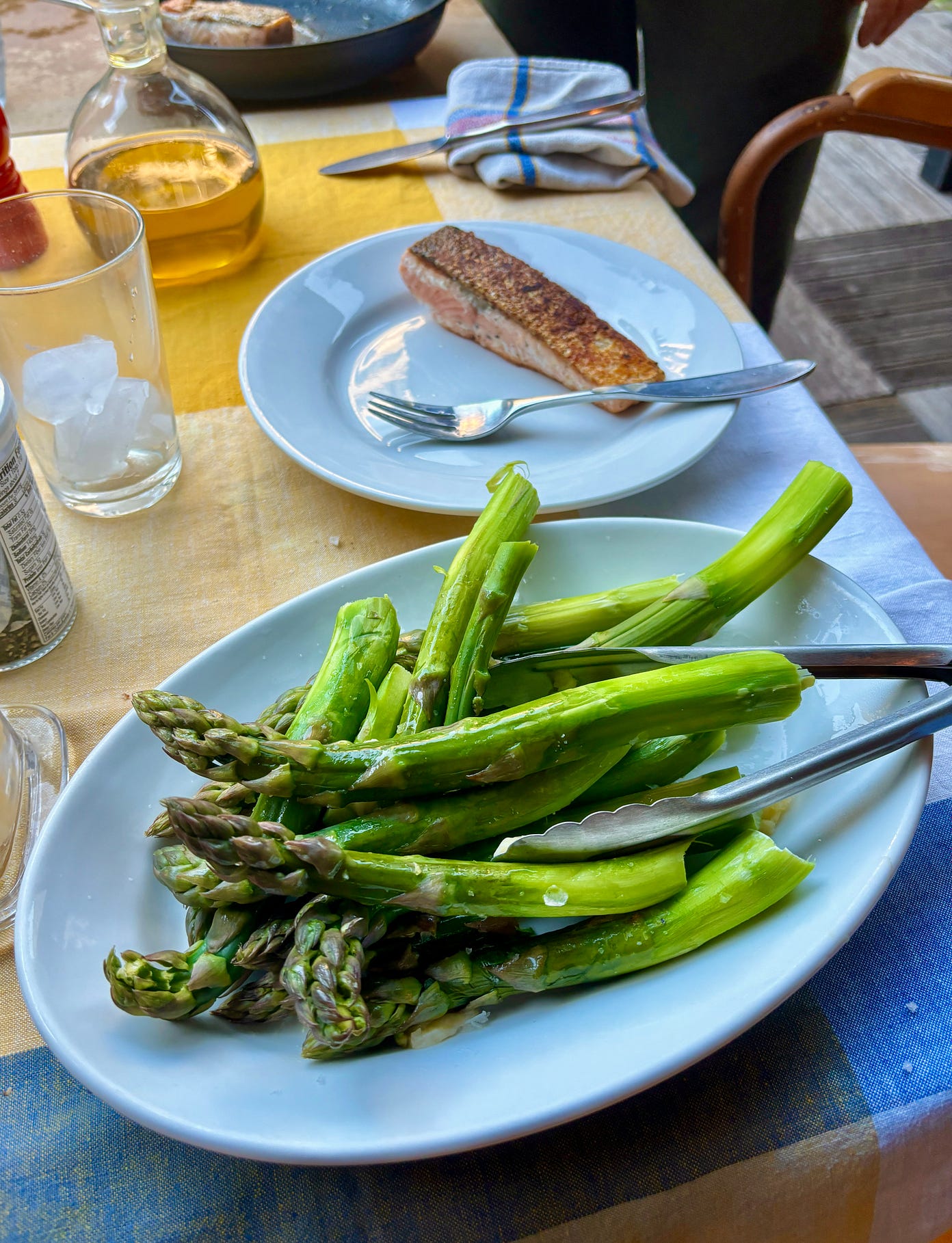

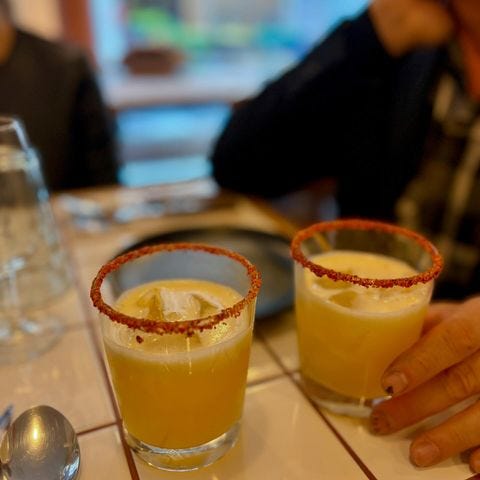
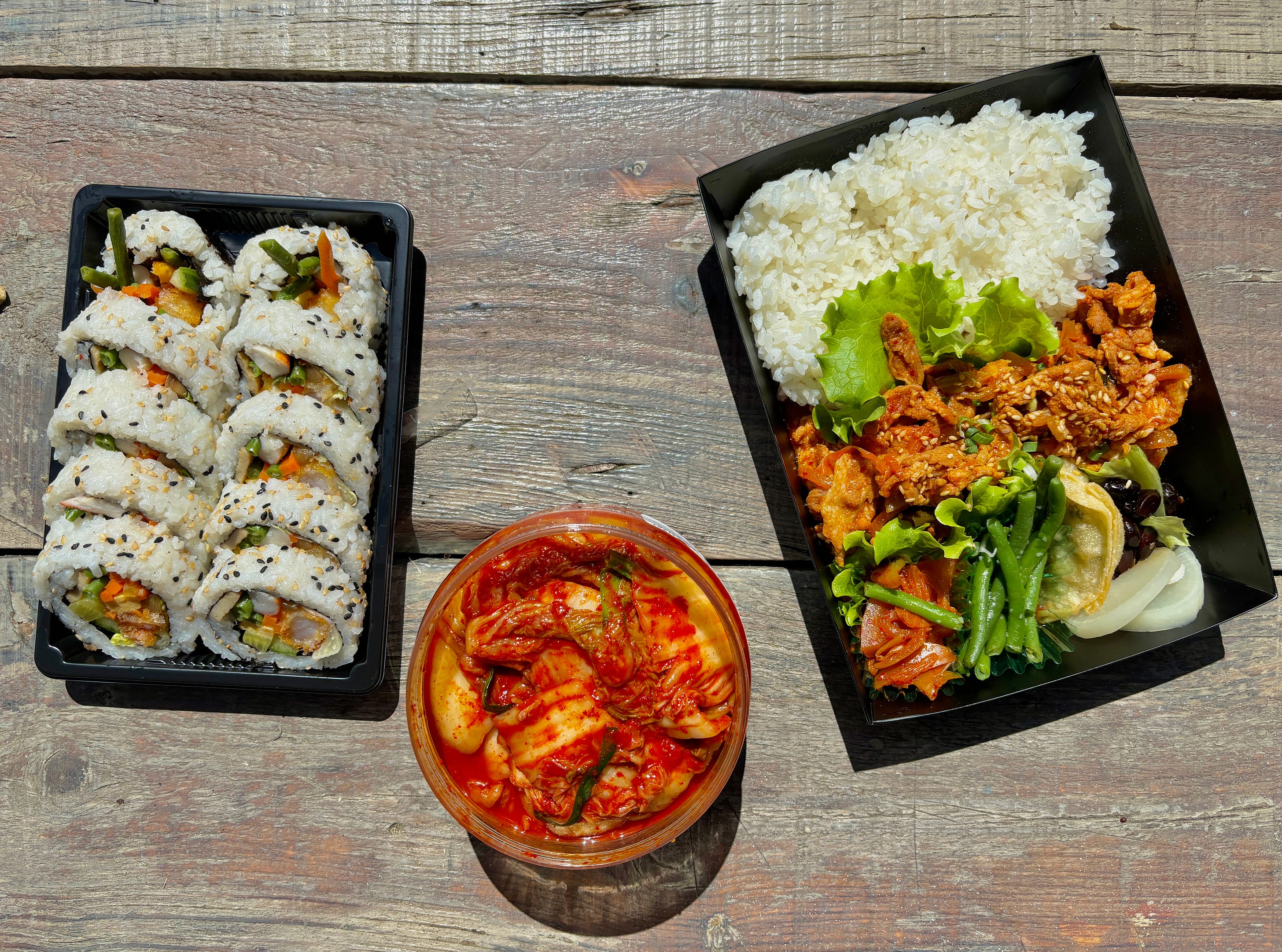

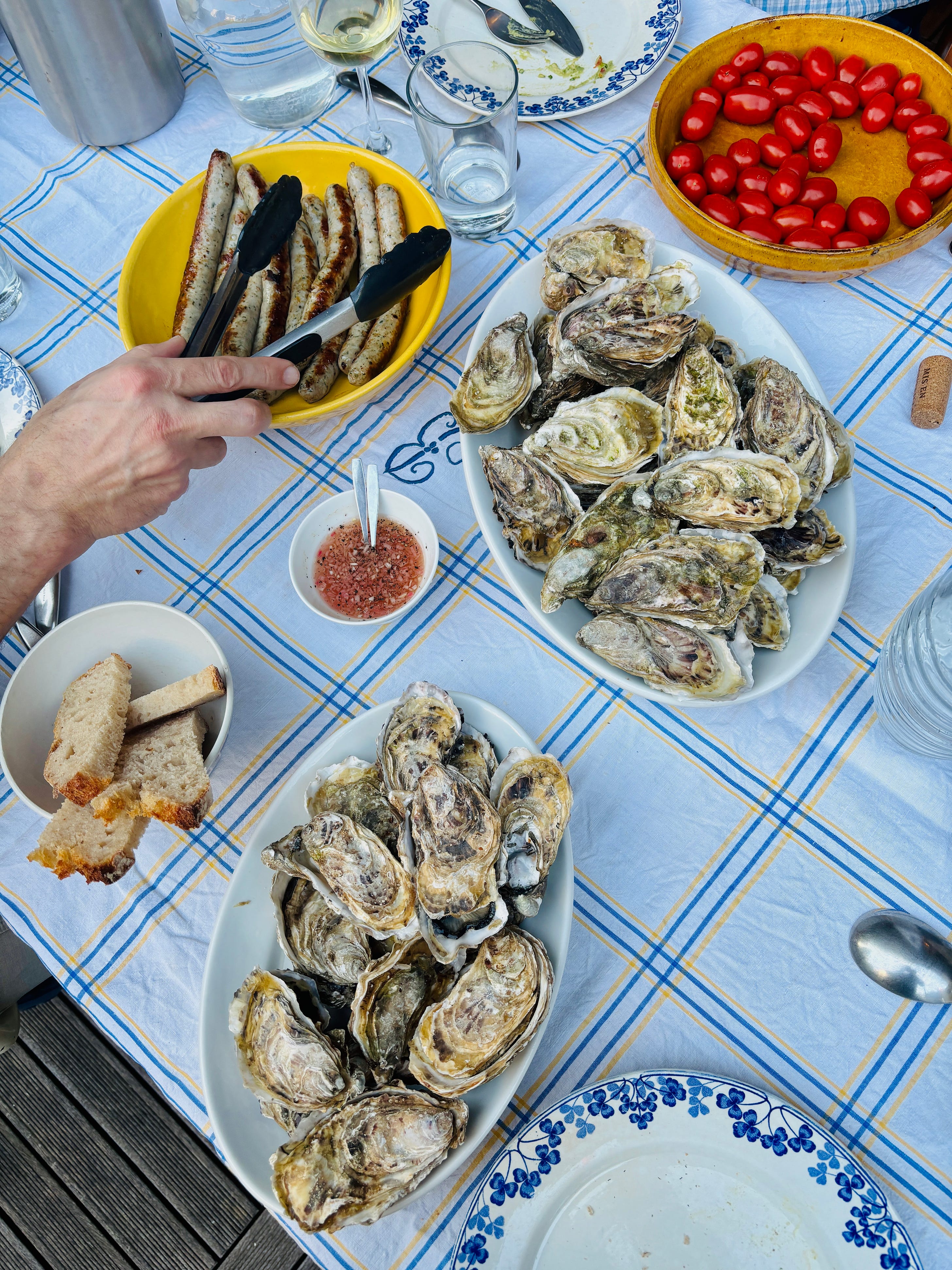

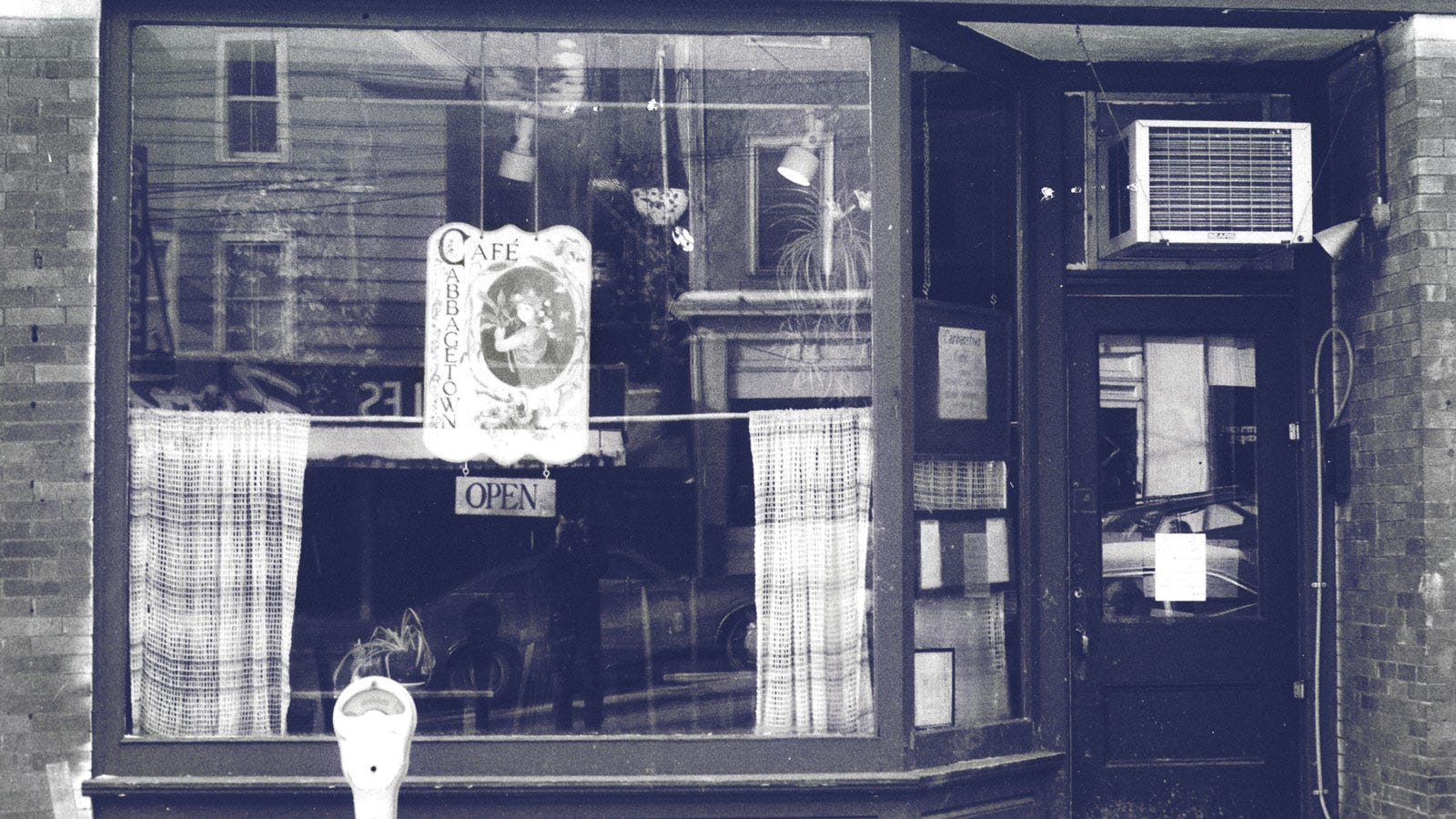
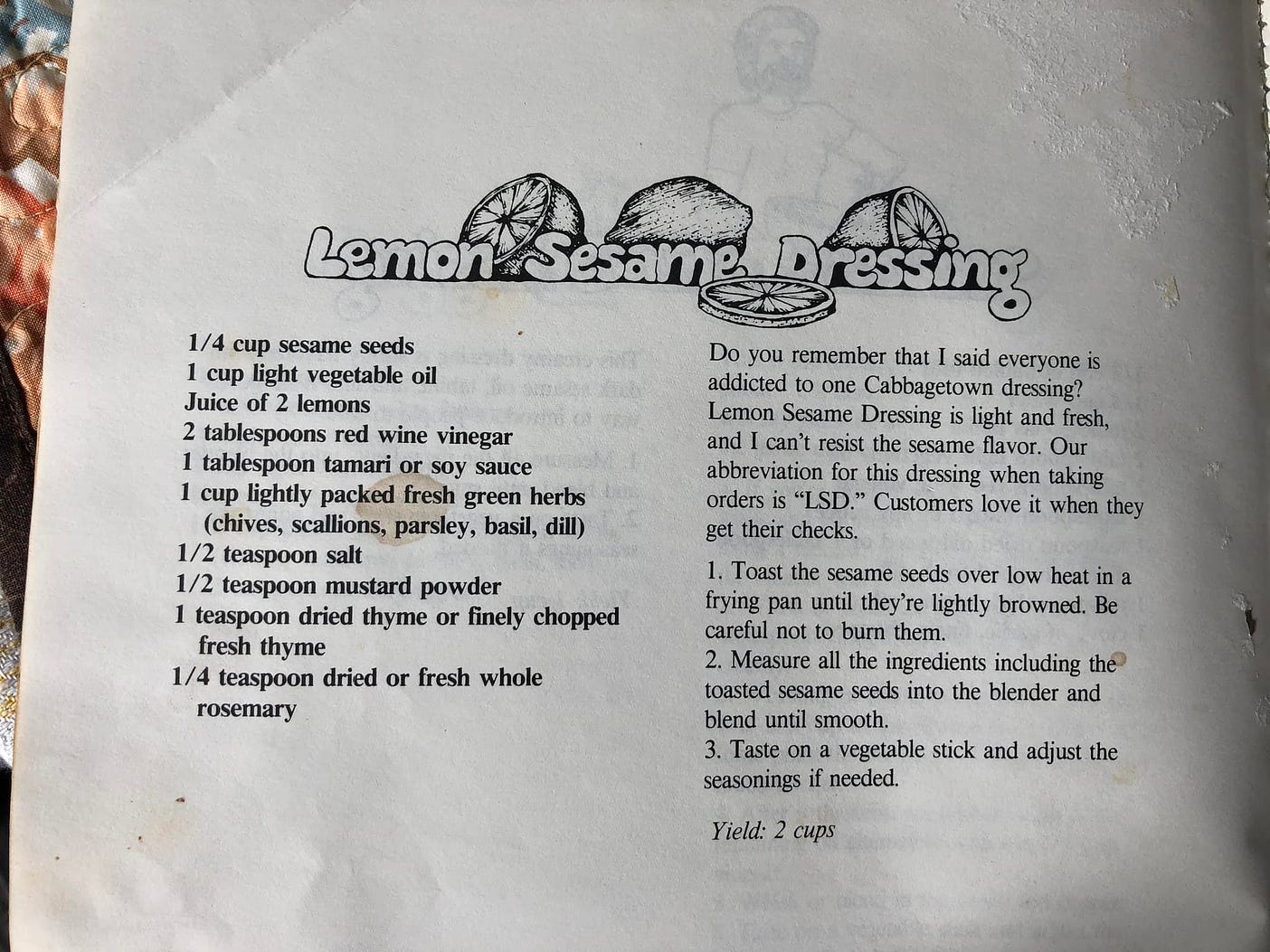

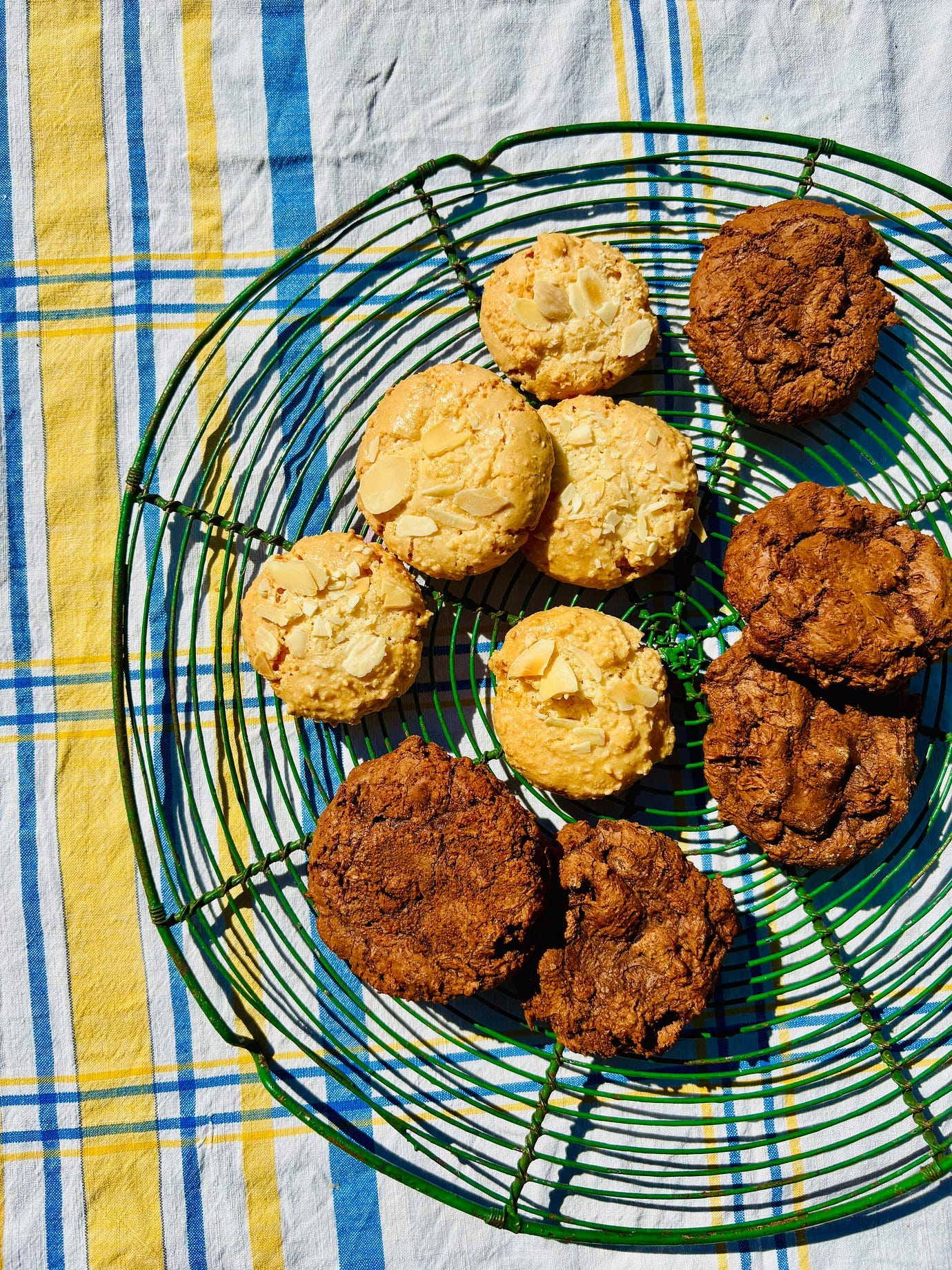
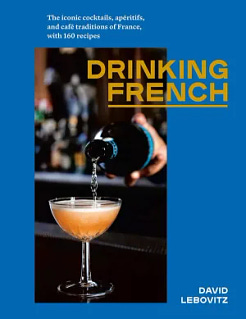

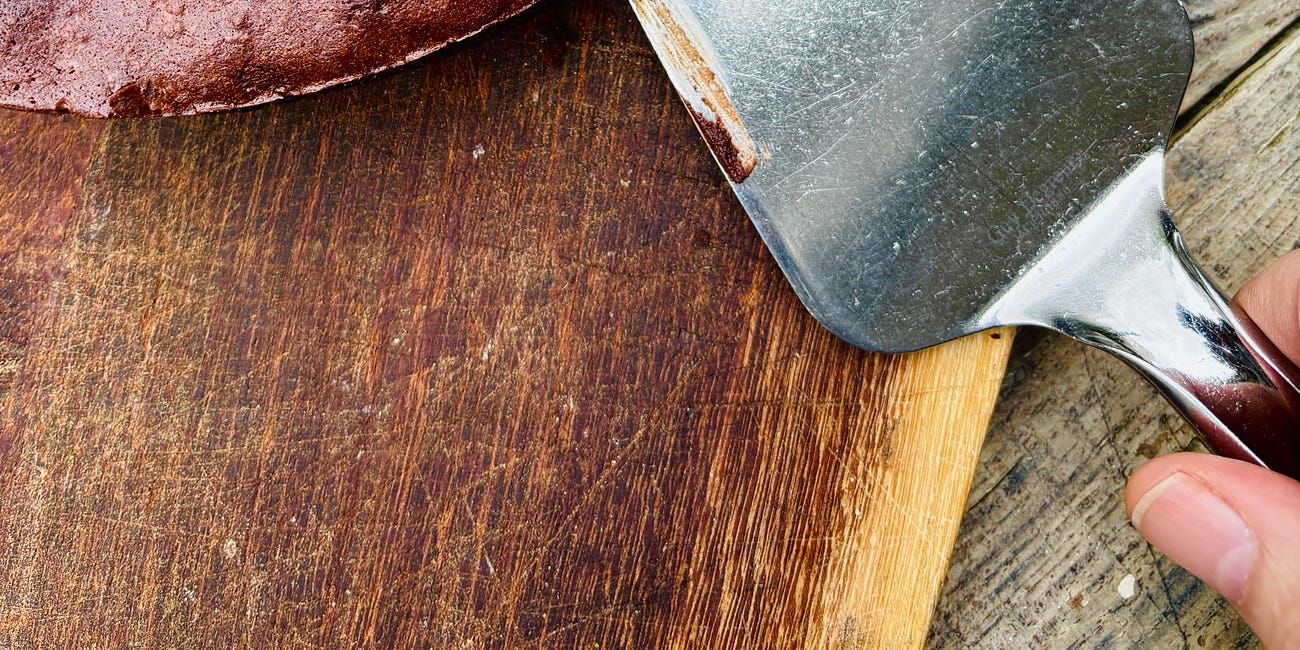
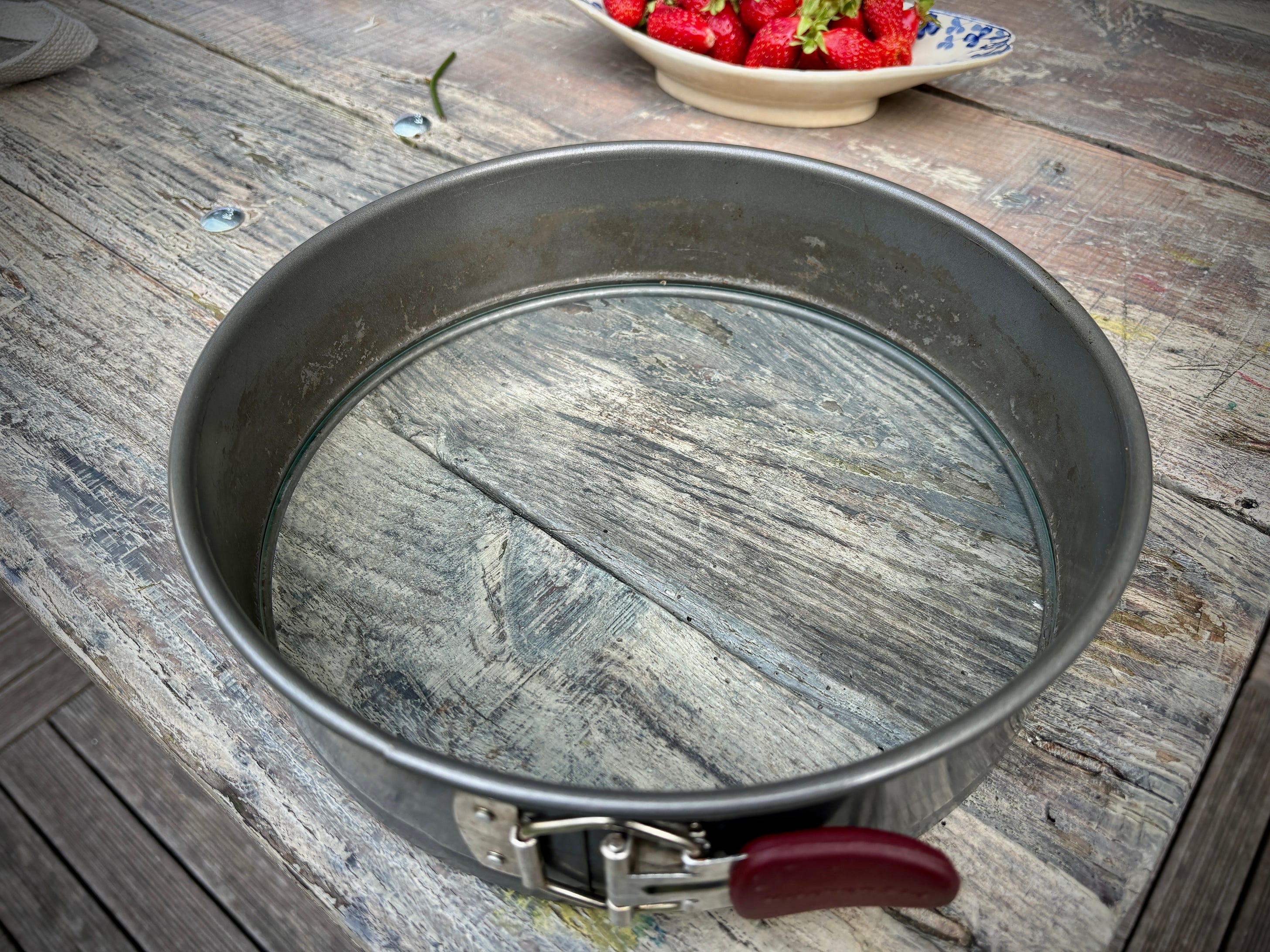

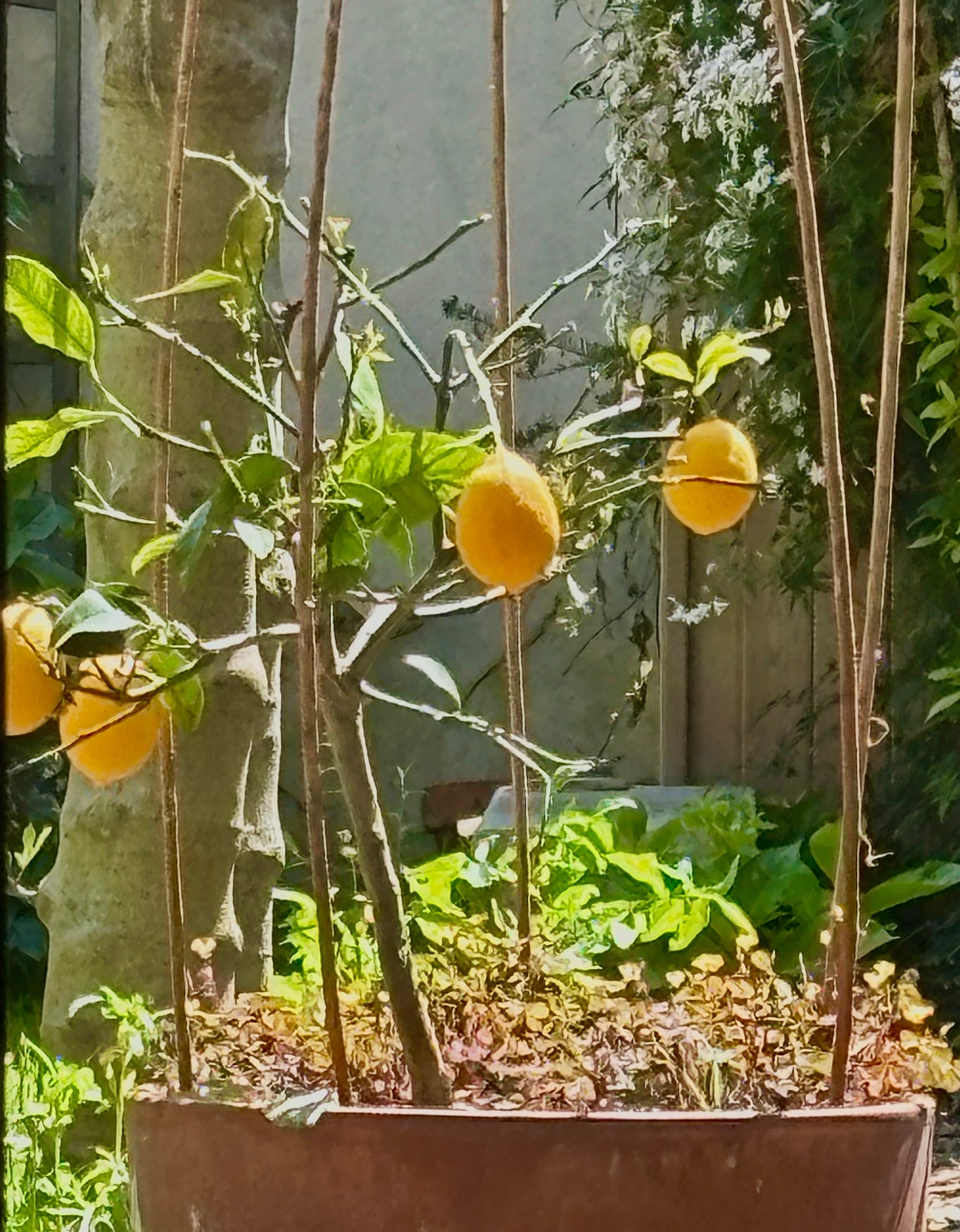
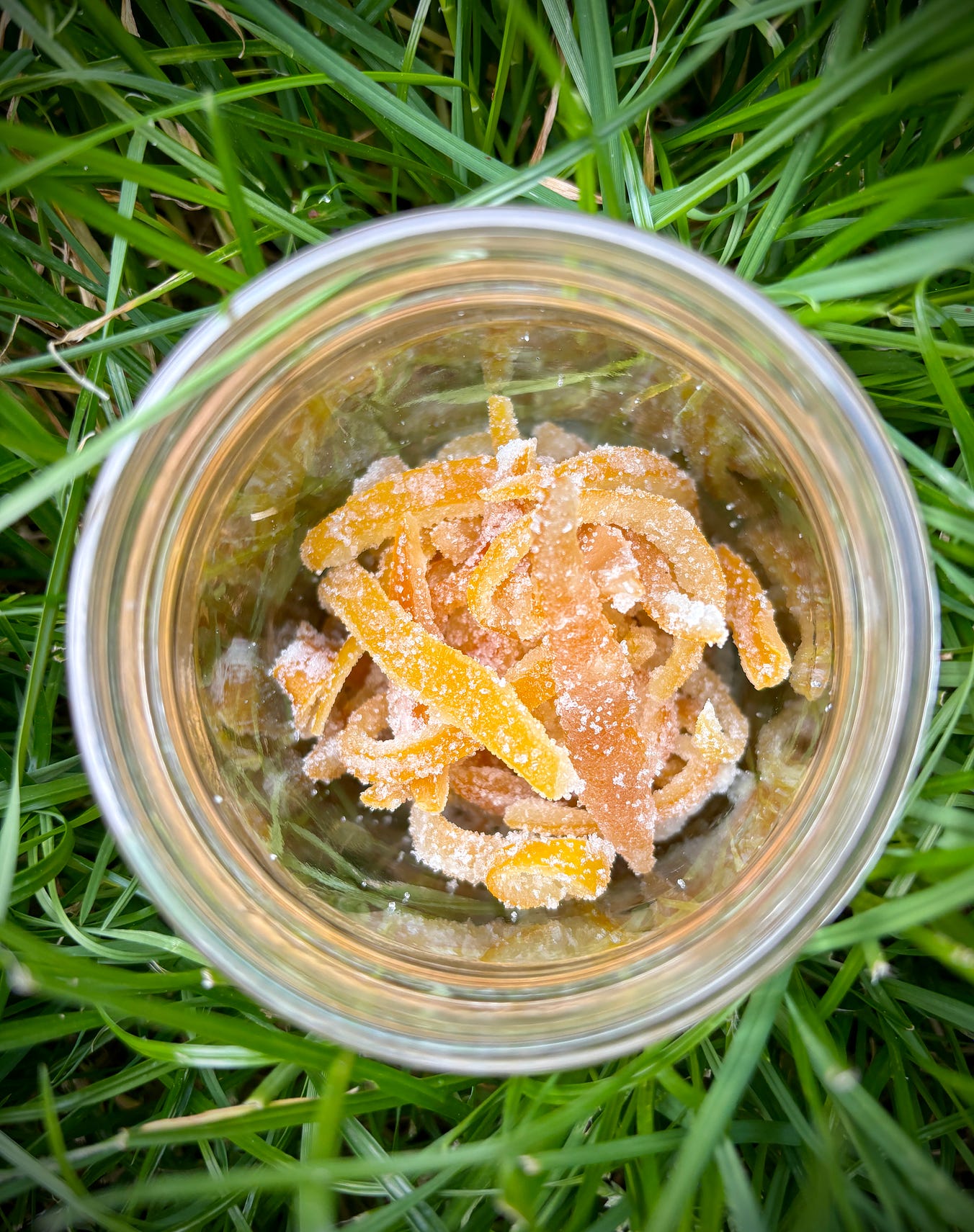

No comments:
Post a Comment